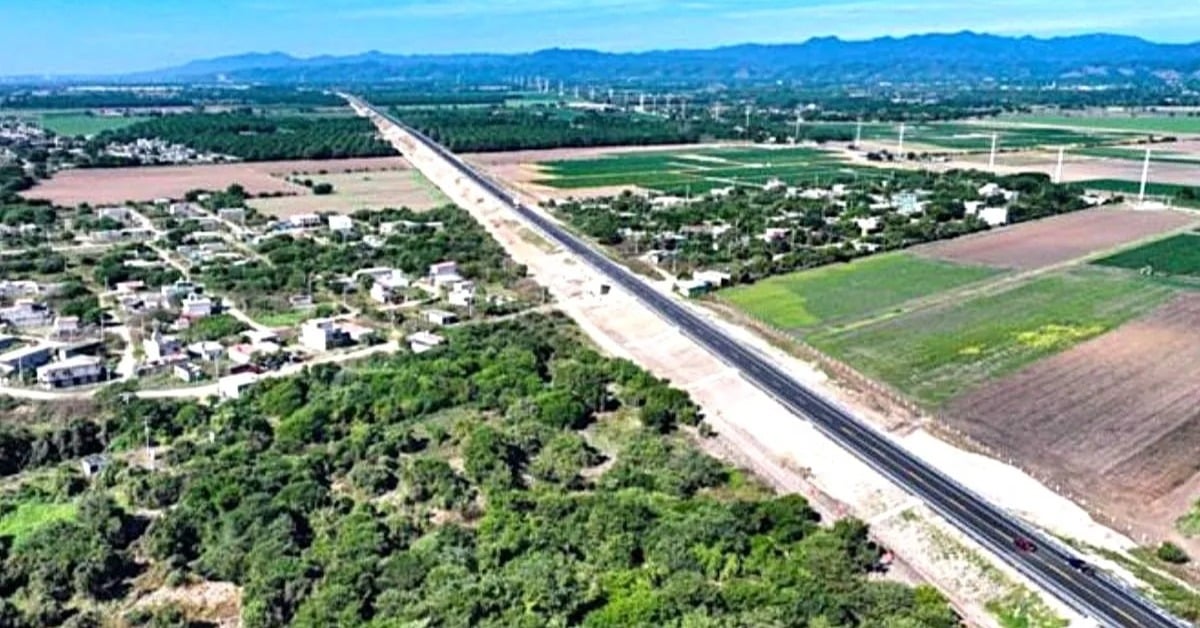President Claudia Sheinbaum unveils the Amado Nervo Bridge project linking Puerto Vallarta and Bahía de Banderas, slated for completion in November 2026 . . .


President Claudia Sheinbaum unveils the Amado Nervo Bridge project linking Puerto Vallarta and Bahía de Banderas, slated for completion in November 2026 . . .

